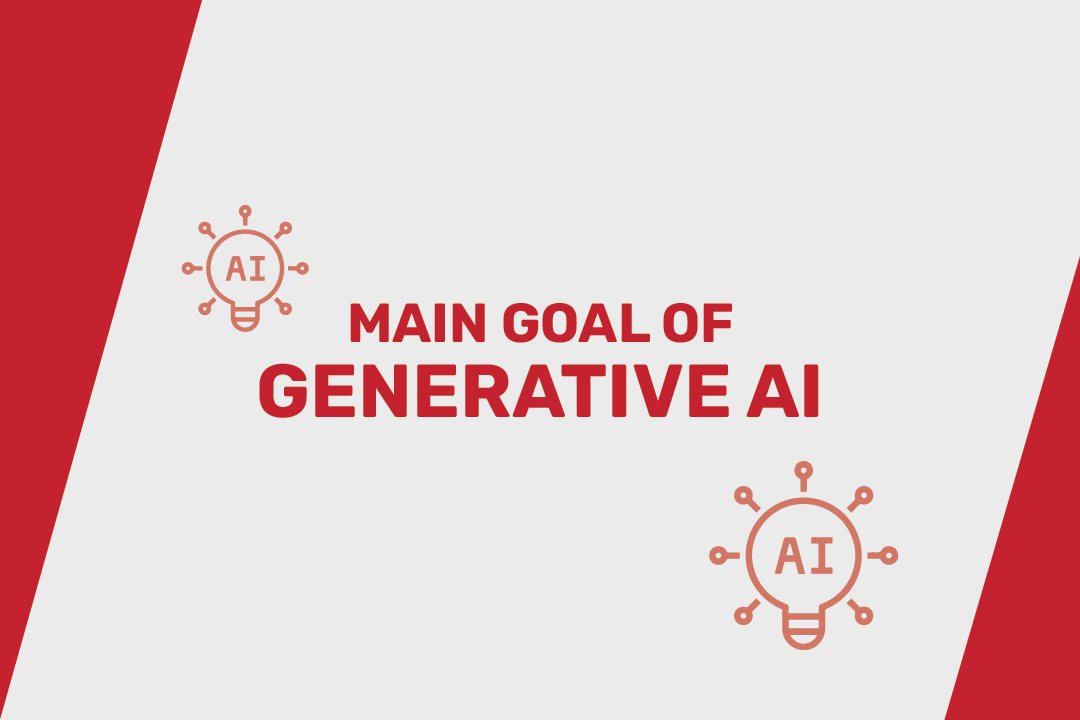|
Getting your Trinity Audio player ready...
|
In today’s digital landscape, having a strong online presence is crucial for businesses to succeed. One of the key factors in improving your website’s visibility and user experience is technical SEO. In this article, we will explore the fundamentals of technical SEO and provide actionable insights to help you optimize your website for better rankings and increased organic traffic.
1. Understanding Technical SEO
Technical SEO refers to the process of optimizing your website’s infrastructure and backend elements to improve its visibility in search engine result pages (SERPs). It involves optimizing various technical aspects, such as website speed, mobile-friendliness, URL structure, crawlability, and more.
2. Importance of Website Speed
Website speed plays a critical role in both user experience and search engine rankings. Slow-loading websites can lead to high bounce rates and lower conversion rates. To improve your website’s speed, consider compressing images, minifying CSS and JavaScript files, and leveraging browser caching.
3. Mobile Optimization and Responsive Design
With the increasing use of mobile devices, optimizing your website for mobile is no longer optional. Responsive design ensures that your website adapts to different screen sizes and provides a seamless user experience across devices. Mobile optimization also affects your website’s rankings in mobile search results.
4. URL Structure and Canonicalization
Creating a clear and logical URL structure helps search engines understand your website’s hierarchy and improves user navigation. Additionally, implementing canonical tags on duplicate or similar pages directs search engines to the preferred version, preventing duplicate content issues.
5. Optimizing Site Structure with XML Sitemaps
XML sitemaps serve as a roadmap for search engines, helping them discover and index your website’s pages. By submitting an XML sitemap to search engines, you ensure that all your important pages are crawled and indexed, improving your website’s visibility.
6. Enhancing Crawlability with Robots.txt
The robots.txt file allows you to control search engine bots’ access to specific parts of your website. By properly configuring your robots.txt file, you can ensure that search engines focus on crawling and indexing your most valuable pages, while excluding irrelevant or sensitive content.
7. Implementing Schema Markup for Rich Snippets
Schema markup is a structured data vocabulary that helps search engines understand the content on your website. By implementing schema markup, you can enhance your website’s appearance in search results with rich snippets, including star ratings, reviews, and product information.
8. Optimizing Website Images for SEO
Optimizing images is crucial for improving website performance and SEO. Ensure that your images are appropriately compressed, have descriptive filenames, and include alt text that accurately describes the image’s content. Alt text also plays a vital role in accessibility for visually impaired users.
9. Managing Duplicate Content Issues
Duplicate content can harm your website’s SEO efforts. Use canonical tags to indicate the preferred version of a page, consolidate similar content, and implement 301 redirects for outdated URLs. Regularly monitoring and addressing duplicate content issues can prevent negative impacts on your rankings.
10. Enhancing User Experience with Internal Linking
Internal linking helps search engines discover and index your website’s pages while providing users with additional navigation paths. By strategically interlinking relevant pages using descriptive anchor text, you can improve the user experience, increase session duration, and distribute link authority throughout your site.
11. Importance of HTTPS and SSL Certificates
Securing your website with HTTPS and SSL certificates not only protects user data but also influences search engine rankings. Websites with SSL certificates are favored by search engines, and users are more likely to trust websites that display the secure padlock icon in their browser.
12. Optimizing Metadata for Search Engines
Metadata, including title tags and meta descriptions, plays a crucial role in conveying the relevance of your web pages to search engines and users. Craft unique and descriptive meta titles and descriptions that incorporate relevant keywords, encouraging users to click through from the search results.
13. Leveraging Structured Data for SEO
Structured data provides additional context to search engines about your website’s content. By implementing structured data markup using schema.org vocabulary, you can enable search engines to display rich snippets and other enhanced features, improving your website’s visibility and click-through rates.
14. Monitoring and Analyzing Website Performance
Regularly monitoring and analyzing your website’s performance is essential for identifying areas that require improvement. Utilize tools like Google Analytics and Google Search Console to track important metrics, such as organic traffic, bounce rates, conversion rates, and keyword rankings, to make data-driven decisions.
15. Technical SEO Best Practices
To ensure your website is optimized for technical SEO, follow these best practices:
- Regularly audit and fix broken links and redirects.
- Optimize your website’s code and remove unnecessary elements.
- Use a responsive design that provides a consistent experience across devices.
- Optimize your website’s navigation for easy user access.
- Implement structured data markup to enhance search engine understanding.
- Regularly monitor and improve website speed and performance.
- Secure your website with HTTPS and SSL certificates.
- Continuously update and improve your website’s content.
Conclusion
Technical SEO is a critical aspect of improving your website’s visibility, user experience, and organic rankings. By implementing the strategies and best practices outlined in this article, you can optimize your website for search engines, attract more organic traffic, and gain a competitive edge in the digital landscape.
FAQs
What is technical SEO?
Technical SEO refers to the optimization of a website’s infrastructure and backend elements to improve its visibility and performance in search engine rankings.
How does website speed impact SEO?
Website speed is an essential factor in SEO. Slow-loading websites can lead to higher bounce rates and lower rankings.
Why is mobile optimization important for SEO?
With the increasing use of mobile devices, optimizing your website for mobile ensures a seamless user experience and improves rankings in mobile search results.
How can I optimize my website’s images for SEO?
To optimize your website’s images, compress them, use descriptive filenames, and include alt text that accurately describes the image’s content.
Why is metadata optimization important for SEO?
Metadata, including title tags and meta descriptions, plays a crucial role in conveying your page’s relevance to search engines and users, influencing click-through rates from search results.





